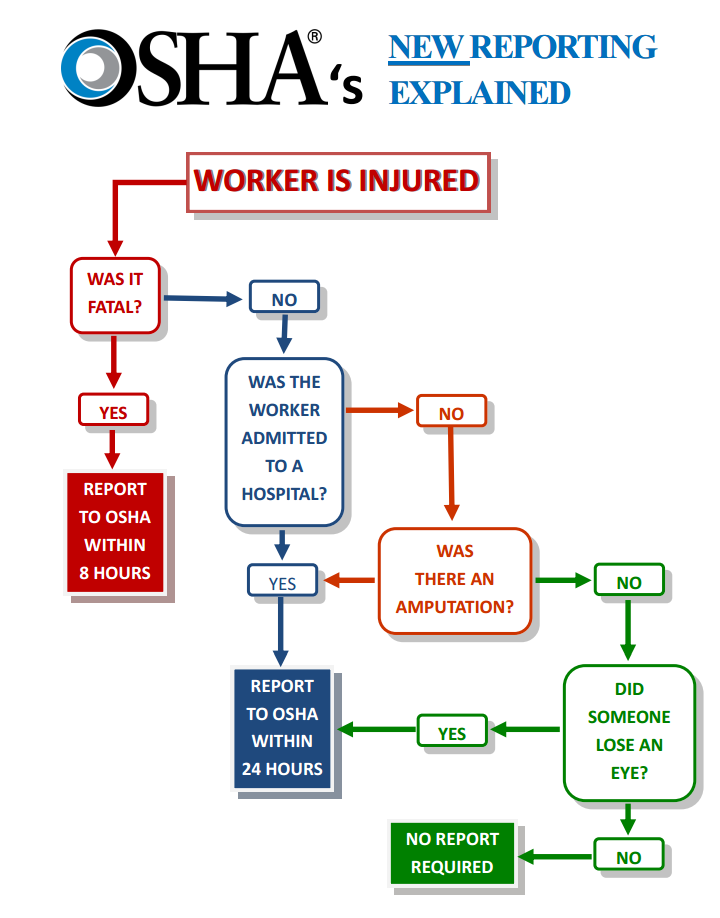Contents
Ensuring Workplace Safety and Compliance
Workplace safety and compliance are essential factors in maintaining a healthy and productive work environment. To ensure this, the Occupational Safety and Health Administration (OSHA) has implemented a comprehensive set of regulations, including the OSHA’s Recordkeeping Regulation.
OSHA’s Recordkeeping Regulation
The OSHA’s Recordkeeping Regulation requires employers to keep a record of work-related injuries and illnesses. This regulation is aimed at promoting workplace safety, identifying hazards, and preventing future incidents. By keeping accurate and detailed records, employers can analyze trends, implement effective safety measures, and ultimately improve overall workplace safety.
Key Elements of the Regulation
The OSHA’s Recordkeeping Regulation provides guidelines on what needs to be recorded, how it should be recorded, and for how long. Some of the key elements include:
OSHA’s Recordkeeping Regulation (29 CFR 1904) requires employers to record specific injuries and illnesses that occur in the workplace. Not all injuries and illnesses are recordable; only those that meet certain criteria outlined by OSHA should be included in the records.
- Recordable Cases: Employers are required to record work-related injuries and illnesses that result in death, days away from work, restricted work activity, or medical treatment beyond first aid. This includes not only injuries and illnesses directly caused by the work environment, but those that are significantly aggravated by work-related factors.
- Forms and Documentation: Employers are required to use the OSHA Form 300, Log of Work-Related Injuries and Illnesses, to record and classify each case. Additionally, they must maintain a summary of these cases using the OSHA Form 300A, Summary of Work-Related Injuries and Illnesses.
- Duration of Recordkeeping: Employers must retain these records for a period of five years. The records must be readily available for inspection and review by OSHA, employees, and their representatives.

Benefits of Compliance
Compliance with OSHA’s Recordkeeping Regulation offers numerous benefits to both employers and employees:
- Improved Safety: By accurately recording and analyzing workplace injuries and illnesses, employers can identify potential hazards and implement appropriate safety measures to prevent future incidents. This promotes a safer work environment for all employees.
- Data-Driven Decision Making: The recorded data can help employers identify trends, patterns, and areas of concern. This information can guide decision-making processes related to safety policies, training programs, and resource allocation.
- Comparative Analysis: Employers can compare their safety performance with industry benchmarks and identify areas for improvement. This enables them to take proactive measures to enhance workplace safety and avoid potential penalties.
- Employee Engagement: Involving employees in the recordkeeping process encourages them to report incidents and injuries promptly, fostering a culture of safety. Employees feel valued and are more likely to actively participate in maintaining a safe work environment.
Ensuring Compliance with OSHA’s Recordkeeping Regulation
To ensure compliance with OSHA’s Recordkeeping Regulation, employers should consider the following steps:
- Education and Training: Employers should provide comprehensive training to employees on what constitutes a recordable case, how to report incidents, and the importance of accurate recordkeeping. This ensures that employees are aware of their responsibilities and understand the regulations.
- Internal Audits: Regular internal audits should be conducted to review recordkeeping practices, identify any discrepancies or errors, and take corrective actions. These audits help maintain the integrity of the recorded data and ensure compliance with OSHA standards.
- Review and Update: Employers should stay updated with any changes or revisions in OSHA’s Recordkeeping Regulation. This includes reviewing official guidance, attending relevant training sessions, and engaging with industry associations to stay informed about best practices.
OSHA’s Recordkeeping Regulation plays a major role in maintaining workplace safety and compliance. By adhering to this regulation, employers can better protect their employees, identify workplace hazards, and reduce the risk of accidents and illnesses. Moreover, compliance promotes a culture of safety and empowers employees to actively participate in creating a secure and healthy work environment. As employers prioritize recordkeeping and utilize the data to drive informed decisions, they contribute to the ultimate goal of ensuring the safety of their workforce and improving organizational performance.





